

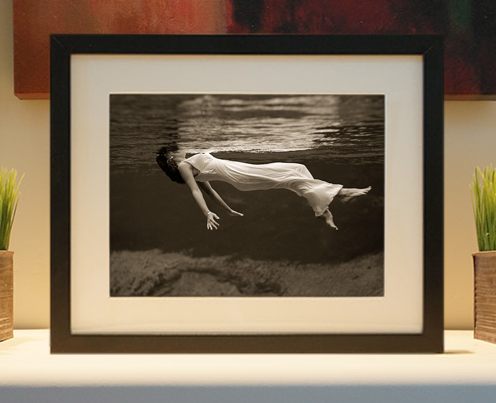
Framed or unframed, desk size to sofa size, printed by us in Arizona and Alabama since 2007. Explore now.
Shorpy is funded by you. Patreon contributors get an ad-free experience.
Learn more.

- Baldwin 62303
- Baldwin VO-1000
- Cold
- No expense spared
- Tough Guys
- Lost in Toyland
- And without gloves
- If I were a blindfolded time traveler
- Smoke Consumer Also Cooks
- Oh that stove!
- Possibly still there?
- What?!?
- $100 Reward
- Freeze Frame
- Texas Flyer wanted
- Just a Year Too Soon
- WWII -- Replacing men with women at the railroad crossing.
- Yes, Icing
- You kids drive me nuts!
- NOT An Easy Job
- I wonder
- Just add window boxes
- Icing Platform?
- Indiana Harbor Belt abides
- Freezing haze
- Corrections (for those who care)
- C&NW at Nelson
- Fallen Flags
- A dangerous job made worse
- Water Stop
Print Emporium
Dare Ya: 1940
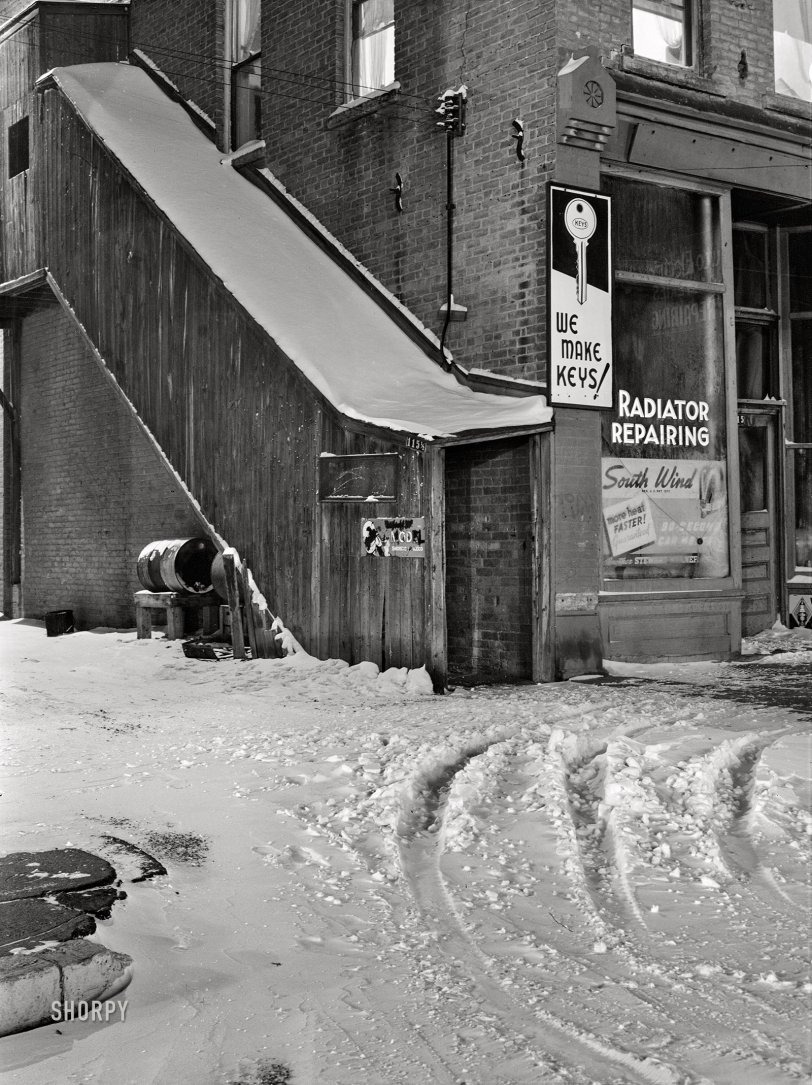
November 1940. "Pierre, South Dakota." Medium format acetate negative by John Vachon for the Farm Security Administration. View full size.
Volkswagen heaters
I can't let mountainrev's slur against German engineering stand!
My first car was a 1959 Beetle, and the heat worked wonderfully. There were only two issues with it:
First, the air was heated in a "heat exchanger", a box which contained the exhaust manifold. Should a leak develop, you'd be breathing exhaust gases, which is not a Good Thing.
Second, you controlled the heat by twisting a knob, which pulled on a cable, which moved an arm connected to the heat exchanger. A door opened or closed, regulating the amount of air coming through. At least, that was the way it worked until the arm froze up, since it was located right behind the rear wheels, and salt water in New England usually got to them pretty quickly. So the joke among VW owners was "is your heat on or off?" because you'd loosen up the arm and set it at the beginning of the winter, then again at the end.
Still, I'd take that over something that dripped gasoline!
No-no-no no.
Protruding roof nails under the snow! Oooooh, the pain ...
Double Dog Dare?
Not for all the turkey in the world.
The Pinto of Car Heaters
What mountainrev means by South Wind “gas” heaters he means gasoline powered. A tube was connected from the heater to the car’s fuel line. Raw gasoline came inside the car, via the tube, into the heater and you lit it up much as a camp stove.
One came on a 1934 Packard I bought and not accepting the dare it was the very first thing I took off the car before I drove it.
Re: nasty landing
Russlet is spot-on with noting the effect of sliding down a two-pitched slope. I well recall my son sliding down a brass handrail in 30 Rock, which was all fine and dandy till the slope turned into a horizontal section, resulting in a very abrupt and rude halt.
I'll see your dare ...
... and raise you one. Not only will I slide down the roof, but I'll do it in the barrel I hauled up from under the stairs!
Challenge accepted!
Well, not now, but 50+ years ago I would've slid ..................... !
Not Going to do IT!
A good dare, but doomed. There are two pitches on the stairway roof, and you'd be in for a nasty landing.
Huh?
How about a hint for the caption please? (We’re not all as astute as you).
You bet I will Dave!
I'll have that window opened and be right down to ya in no time!
Happy Winter Solstice to you all,
Wormy
Vintage heat
South Wind
South Wind made gas heaters for cars. The company was ultimately purchased by Stewart-Warner. They were still making them into the '60s as an option for Volkswagens, whose air cooled engines notoriously produced very little heat on their own.





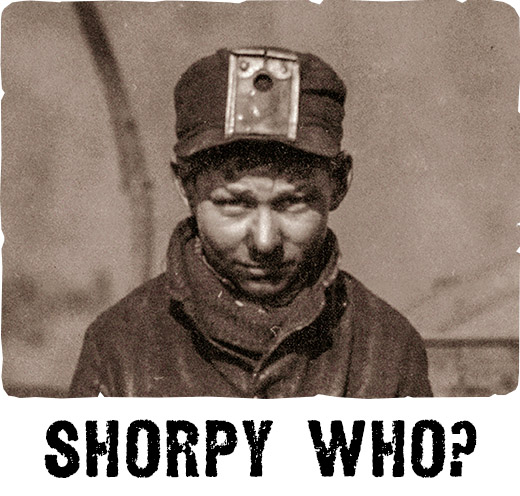
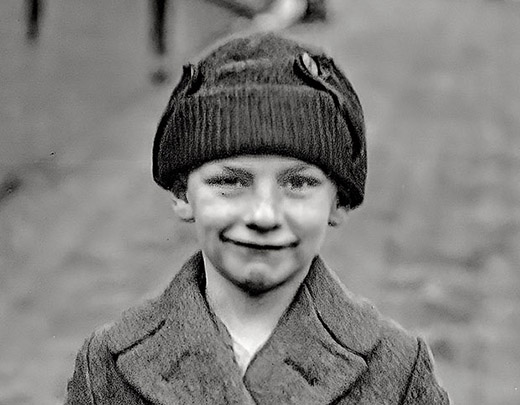
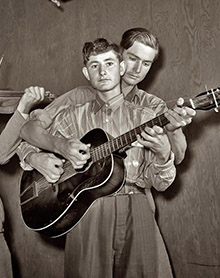
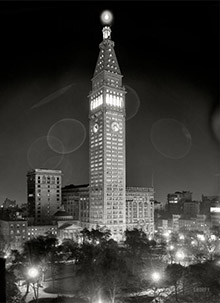
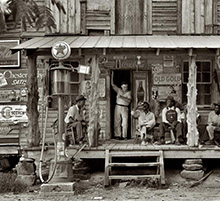
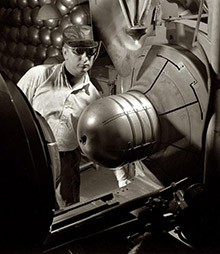
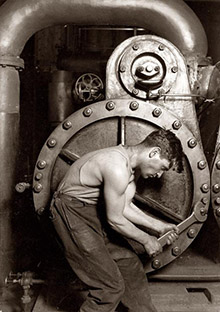

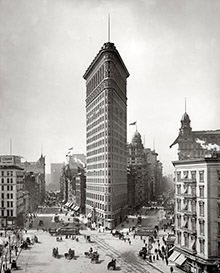
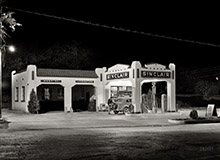
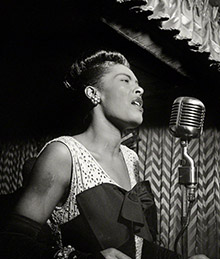
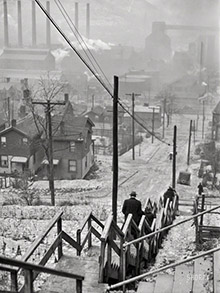
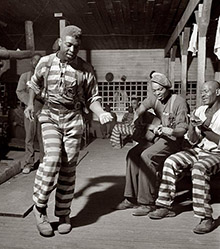
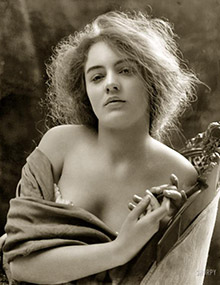
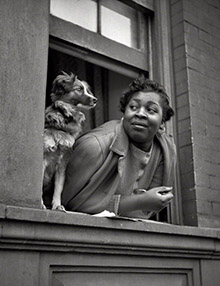
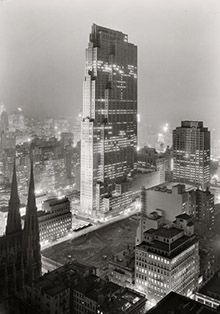

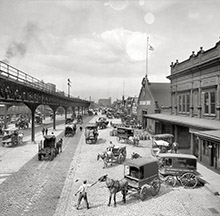
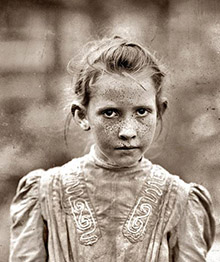
On Shorpy:
Today’s Top 5